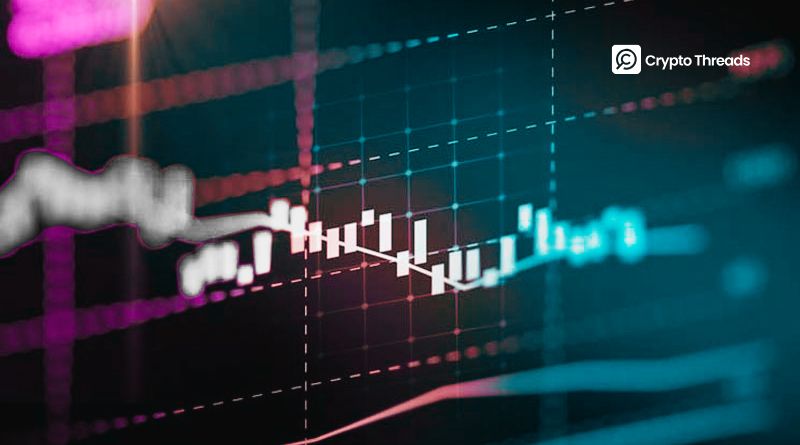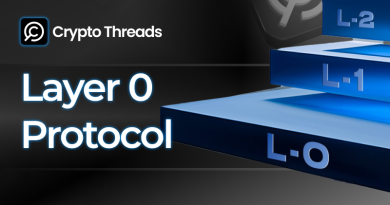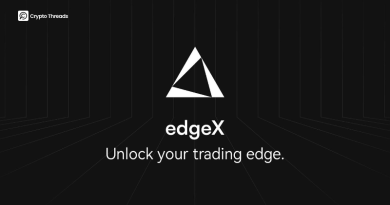Alpha, Beta, and Beyond: Understanding Key Metrics in Quant Trading
Imagine you’re checking out a new basketball team. You wouldn’t just ask, “Did they win?” You’d want to know how they won, who their key players are, and if they’re consistent. It’s similar when we look at financial strategies. This leads us to quant trading. Think of it as using computers and smart math to make trading decisions, aiming to keep emotions on the sidelines.
But here’s the thing: just saying “my trading strategy made money!” is like that single win – it’s nice, but it doesn’t paint the full picture. Because quant trading relies on numbers, we need specific tools, or “key metrics,” to truly understand performance. We’ll kick off with two famous ones, Alpha and Beta, and then explore what lies “beyond.” Stick around, and you’ll get what these terms mean and why they’re vital for evaluating any trading strategy.
Crypto Quant Trading Foundation: Understanding Risk and Return
In finance, you can’t really talk about return without also talking about risk. They’re like a famous duo. Imagine deciding how high to climb a tree. Climbing just a few feet up is pretty safe (low risk), but you won’t see very far (low potential reward). Aiming for the very top branches? The view (potential reward) is amazing, but there’s a bigger chance you might wobble or a branch could break (higher risk).
So, what’s “return”? It’s just the money you make (or lose) from your investment. If you put $100 into something and later it’s worth $110, that’s a 10% return. Easy peasy. If it drops to $90, that’s a negative 10% return. It’s simply how much your initial amount changed.
Then there’s “risk.” This is all about uncertainty. It’s the chance that things don’t go as planned and your actual return is different from what you expected. Think of it as how “bumpy” your investment journey might be. Unexpected news could make prices jump around, or the whole market could have a bad day. Most of us want huge returns with tiny risk, but that’s like wanting a free lunch – it rarely happens without some kind of trade-off.
Quant Trading Metrics – Meet the Stars: Alpha and Beta
Alright, let’s meet our first star: Beta. Imagine the overall stock market (like the S&P 500, or perhaps the VN-Index) is a big river current. Beta tells us how much your investment strategy, your little boat, tends to get carried along by that current. Does it drift along at the same speed, get pushed faster, move slower, or even try to paddle upstream? That’s Beta. It measures your strategy’s sensitivity to these broad market movements – what some call “systematic risk.”
So, what do Beta numbers tell us?
- A Beta of 1.0 means your boat moves pretty much with the current. If the market (current) speeds up by 10%, your boat tends to speed up by 10%.
- A Beta greater than 1.0, like 1.5, means your boat is more sensitive. A 10% market surge might make your strategy jump 15%. But if the market drops 10%, you could fall 15%. We call this “aggressive.”
- A Beta less than 1.0, say 0.5, means your boat is more “defensive.” It’s less affected. A 10% market rise might only boost you 5%.
- A negative Beta (e.g., -0.5) is unusual for standard investments. It suggests your boat often tries to go against the current.
Understanding Beta is key because it helps quants see if good profits are just due to a strong market lifting all boats, or if their strategy has its own unique merit. It’s also vital for managing risk and building a well-rounded portfolio. Conceptually, it’s figured out by looking at past data and seeing how your strategy’s returns have danced with the market’s returns.
Next up is Alpha, often called the “holy grail” of investing. If Beta shows how the market’s current (the tide) moves your boat, Alpha is the extra speed you get from your own powerful rowing, separate from that tide. It’s the performance your strategy delivers above and beyond what you’d expect just from its exposure to the market (its Beta). Essentially, Alpha is trying to measure the “skill” or “edge” of your trading algorithm.
Interpreting Alpha is pretty straightforward:
- Positive Alpha: Fantastic! This is the goal. It suggests your strategy is genuinely outperforming the market due to its unique design.
- Zero Alpha: Your returns are just what the market risk (Beta) you took would predict. No extra skill evident.
- Negative Alpha: Not good. Your strategy is doing worse than expected, even after accounting for market movements.
For quants, Alpha is a huge deal. It’s the prime indicator that their complex models are actually adding value, not just mimicking the market. It’s what justifies all the brainpower and effort. Think of it as “actual return minus what the market gave you for the risk you took.”
Beyond Alpha and Beta: Other Essential Metrics in Crypto Quant Trading
Alpha and Beta give us a great starting point, but they aren’t the only characters in this quant trading play. To truly size up a quant strategy, we need to look at a few more numbers. It’s like a car inspection – you check more than just the engine and speed.
Volatility (Standard Deviation)
Ever been on a bumpy road? Volatility is like that for your investments. It measures how much your returns jump up and down around their average. Think of it as the financial “shake factor.” High volatility means big, unpredictable swings (could be good or bad). Low volatility means a smoother, more stable ride. This tells you about the uncertainty of your returns.
Sharpe Ratio
This answers a key question: “Am I getting paid enough for the risk I’m taking?” The Sharpe Ratio looks at your return, compares it to what you could get from something super safe (like a basic savings account, for simplicity), and then sees how that stacks up against your strategy’s volatility (its “bumpiness”). A higher Sharpe Ratio is better – it means you’re getting more return for each bit of risk. A strategy with okay returns but super low risk might have a great Sharpe Ratio.
Maximum Drawdown (MDD)
This is the big one for understanding potential pain. MDD shows you the largest single drop in your investment’s value from a peak to a subsequent trough. Imagine your piggy bank was at its fullest, then you took out a bunch of money before it started filling up again – MDD is that biggest dip. It’s the “worst-case” loss scenario seen so far and helps you gauge if you could stomach such a downturn.
Sortino Ratio
Similar to the Sharpe Ratio, but with a twist. The Sharpe Ratio treats all volatility (ups and downs) as risk. But hey, we like it when prices go up! The Sortino Ratio is smarter about this; it only cares about “bad” volatility – the kind where your investments go down. So, it gives you a measure of return versus downside risk, which many find more intuitive.
Win Rate / Hit Ratio
This is straightforward: Out of all your trades, what percentage were winners? If 60 out of 100 trades made money, your win rate is 60%. While a high win rate feels good, it doesn’t guarantee profit. You could win often but make tiny amounts, while your few losses are huge. Still, it’s a simple metric to understand the frequency of success.
Putting It All Together: Evaluating a Quant Strategy
So, with all these metrics – Alpha, Beta, Sharpe, Drawdown – which one is the most important? Surprise: no single metric is king! You need to look at them all together, like pieces of a puzzle.
Context is crucial. A strategy with a fantastic Alpha sounds great. But if it also has a scary Maximum Drawdown (a huge past loss) and wild volatility, it might not be so great after all. You’re looking for a good balance.
For instance, Strategy A might offer huge returns and Alpha but comes with a gut-wrenching 50% Max Drawdown. Strategy B offers solid returns, good Alpha, but is much smoother (lower volatility) with only a 15% Max Drawdown and a better Sharpe Ratio. Many would prefer Strategy B because its risk-reward profile is more sensible. It’s about the whole picture, and these numbers are often first seen when quants “backtest” their strategies on historical data.
Conclusion
So, Alpha and Beta give you the basics: market sensitivity and potential skill. But adding in metrics like Sharpe Ratio and Max Drawdown helps you see the full performance story.Understanding these numbers isn’t just for pros; it helps anyone make smarter sense of how trading strategies truly stack up. Hopefully, you now feel a bit more clued-in and ready to look at quant trading with a more informed view. If you want to learn more on how to progress in quantitative trading, you should check out this article.



